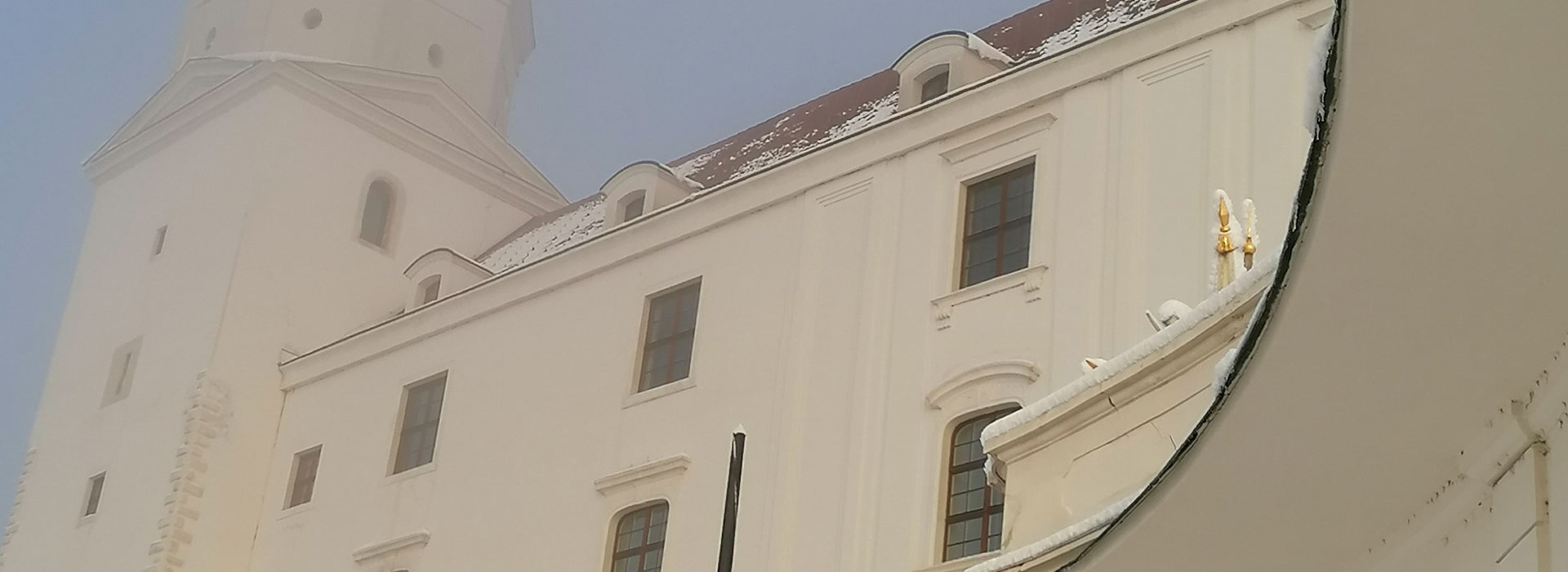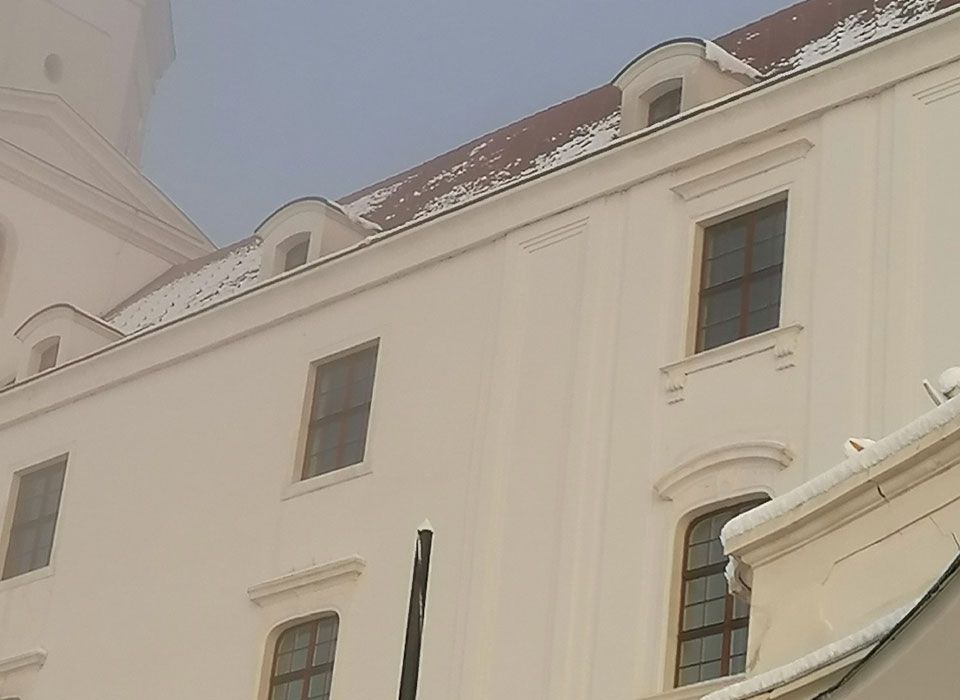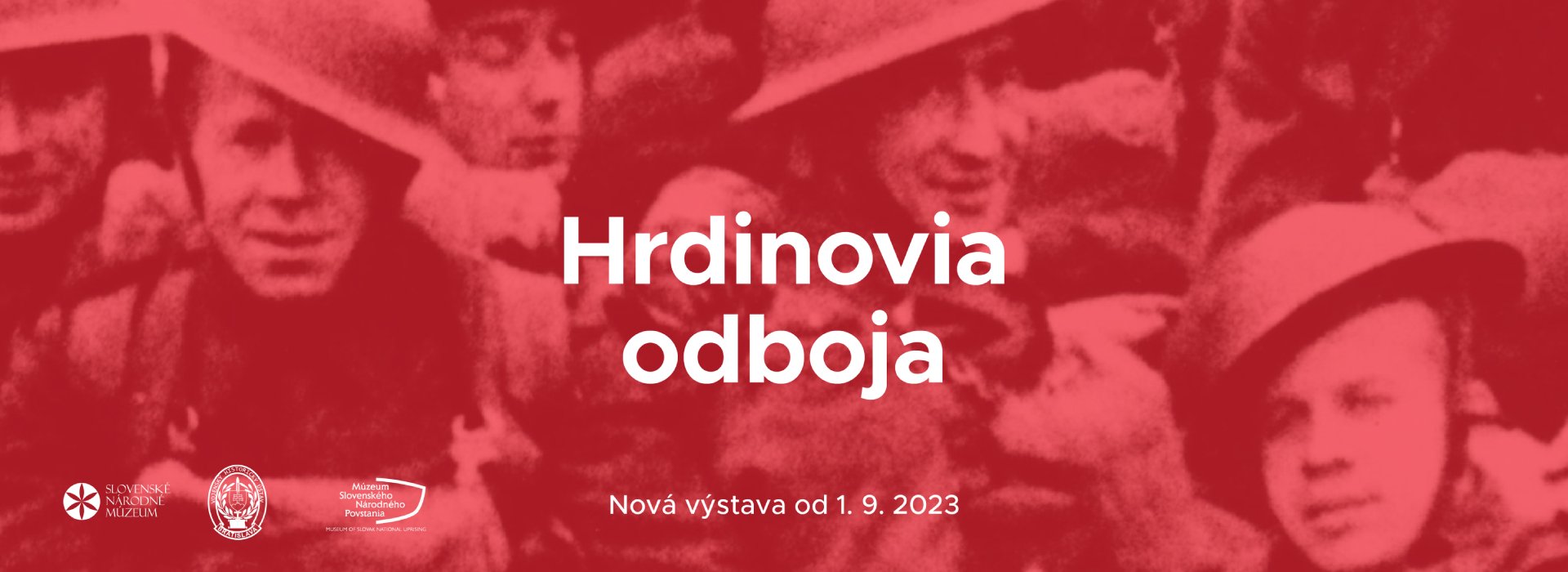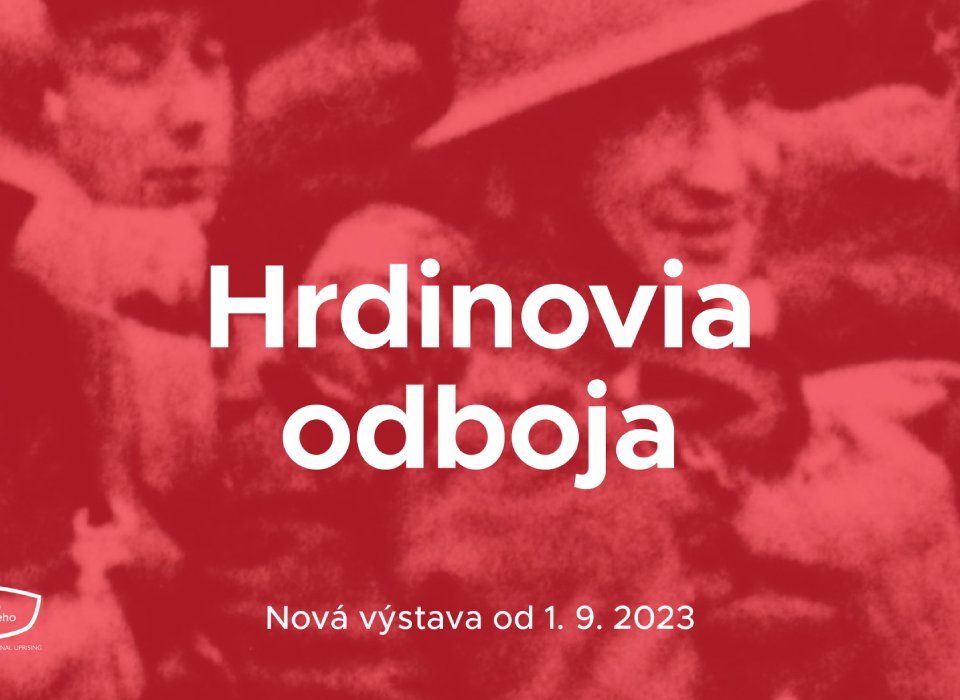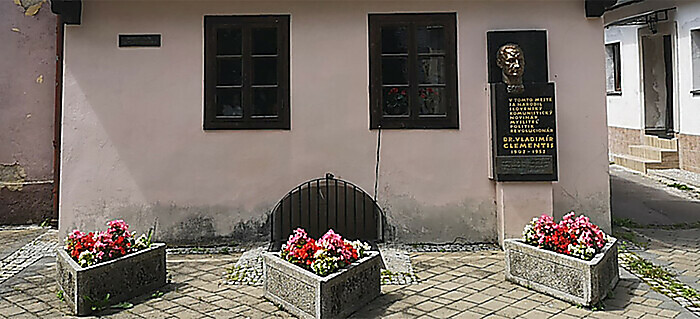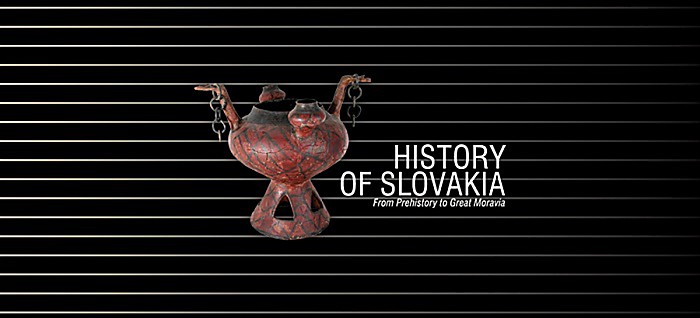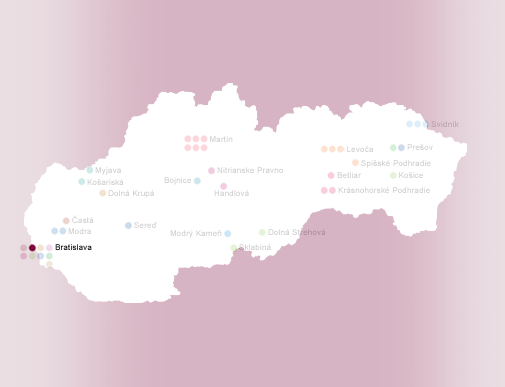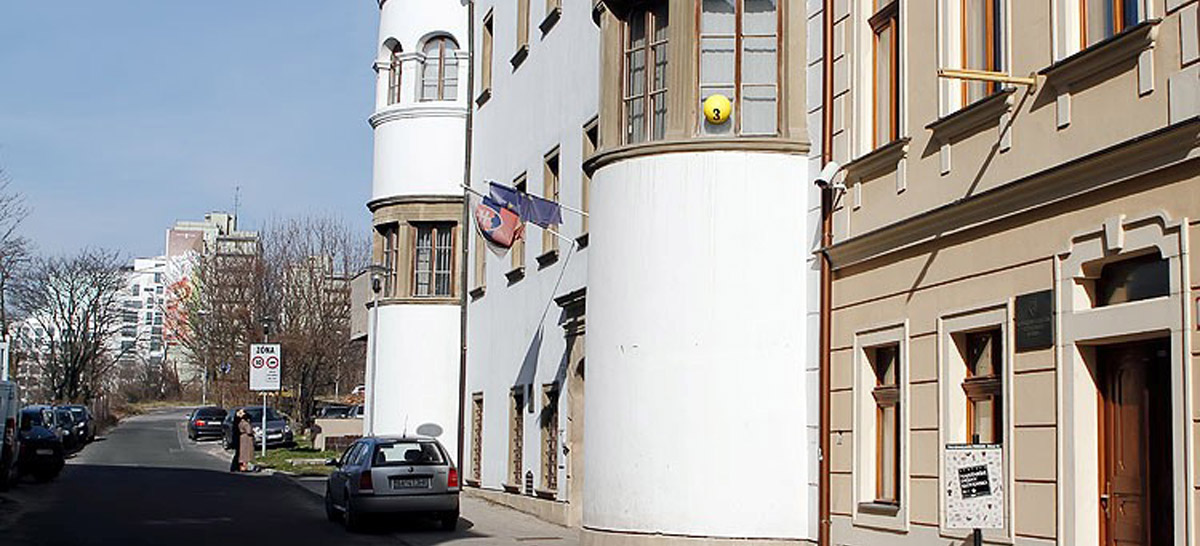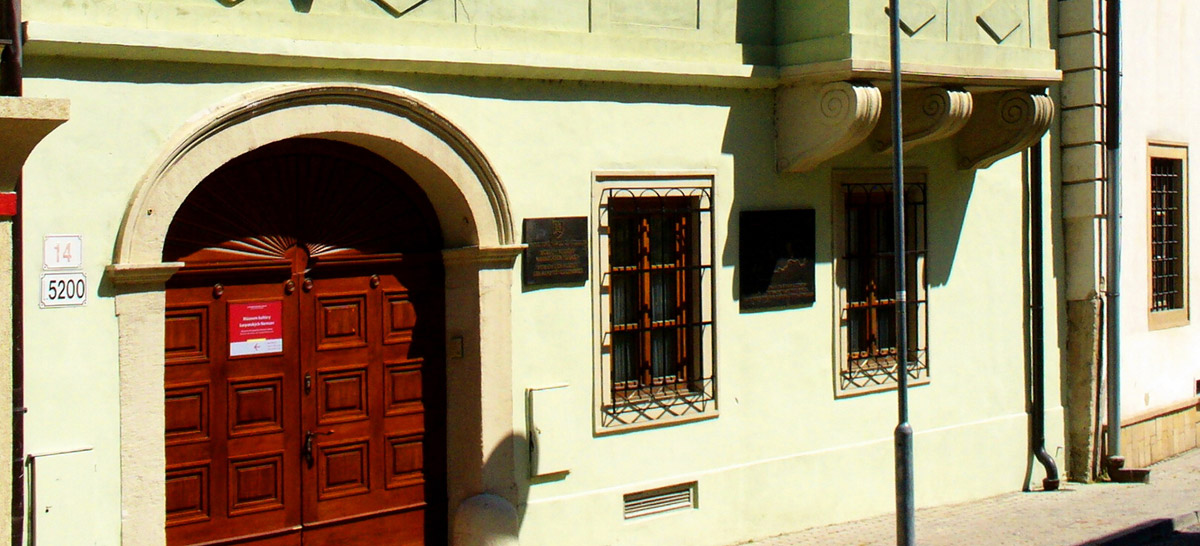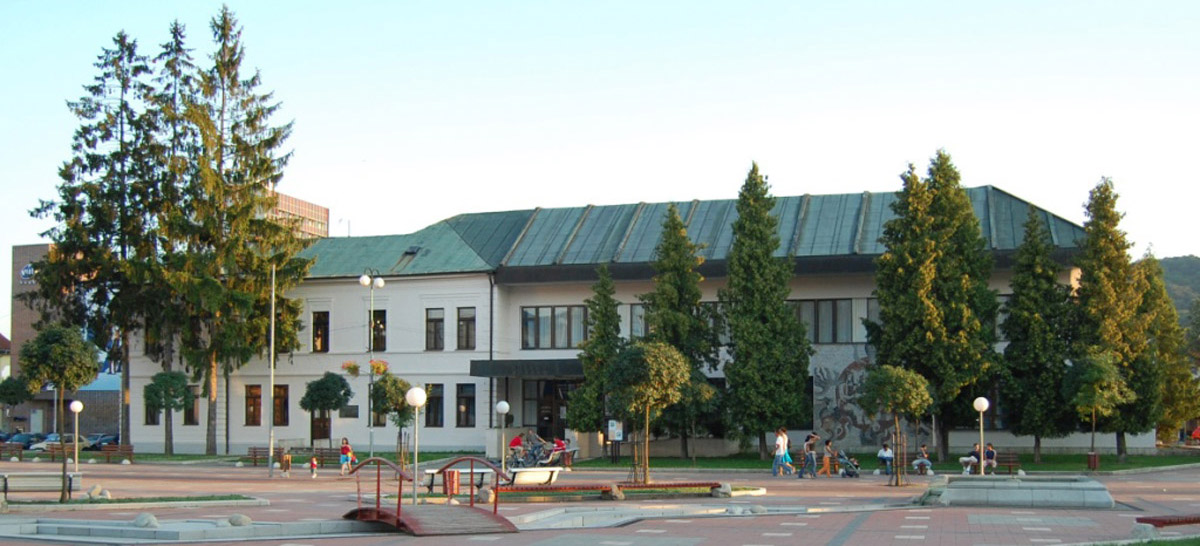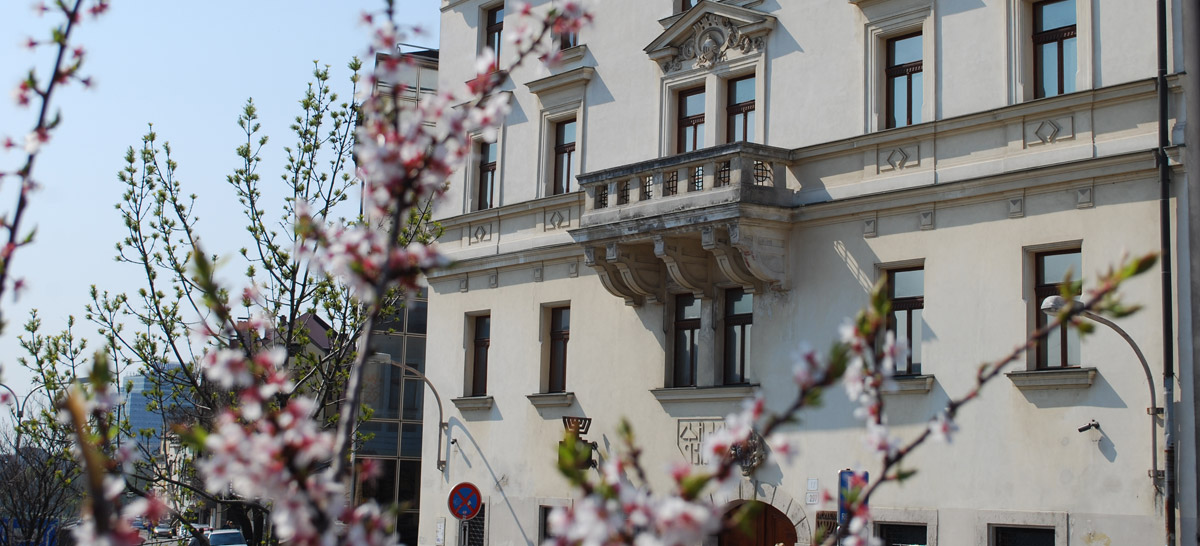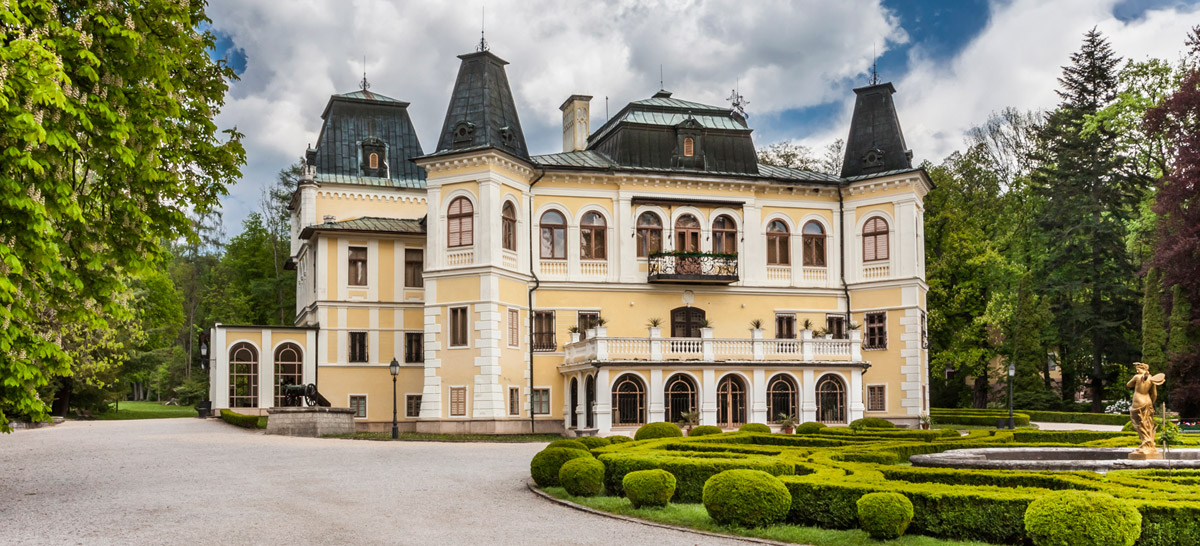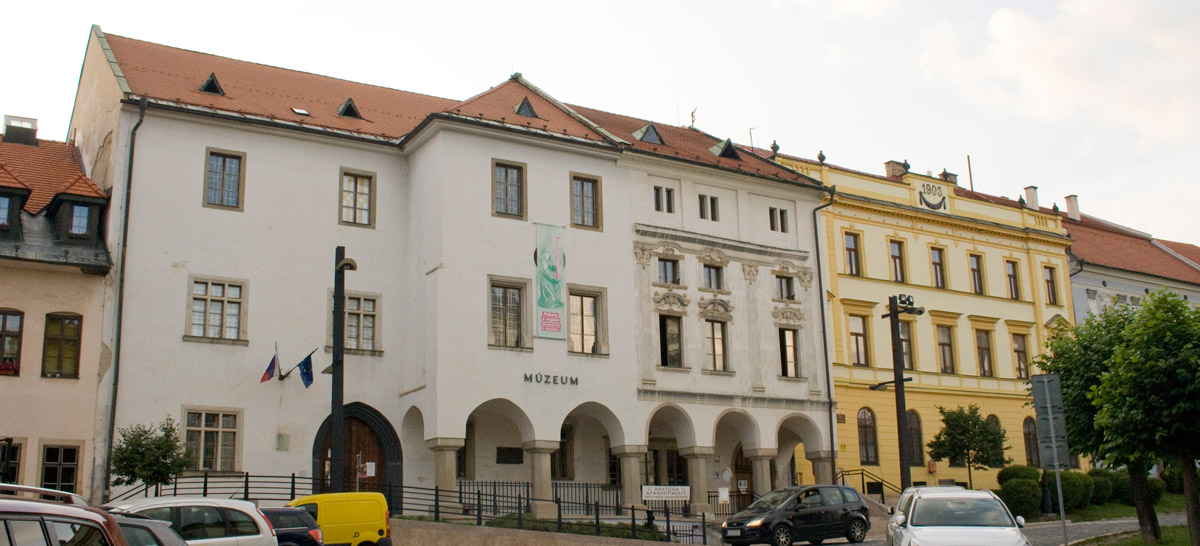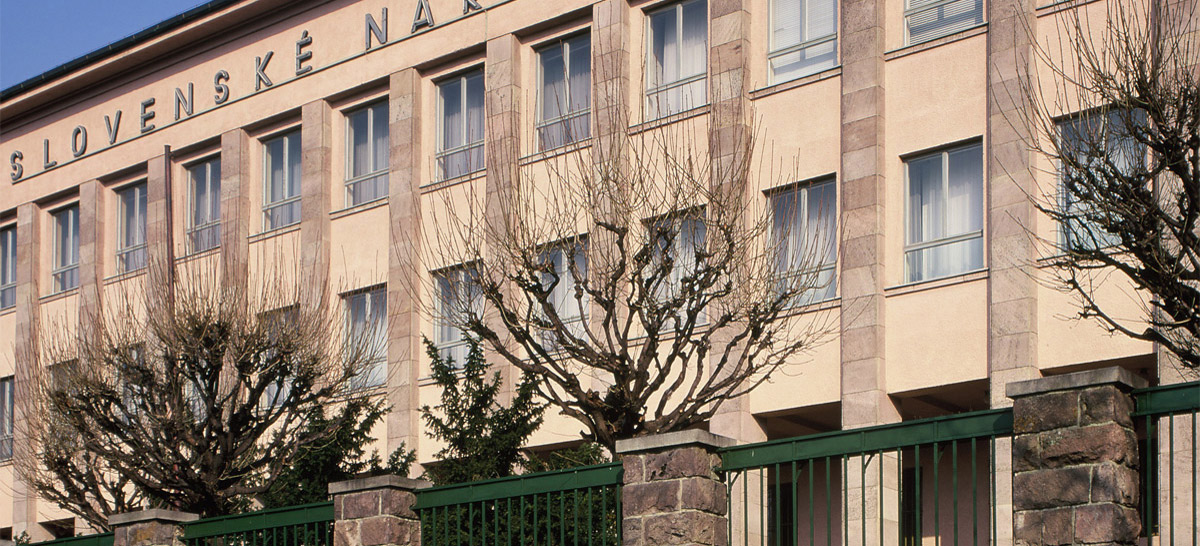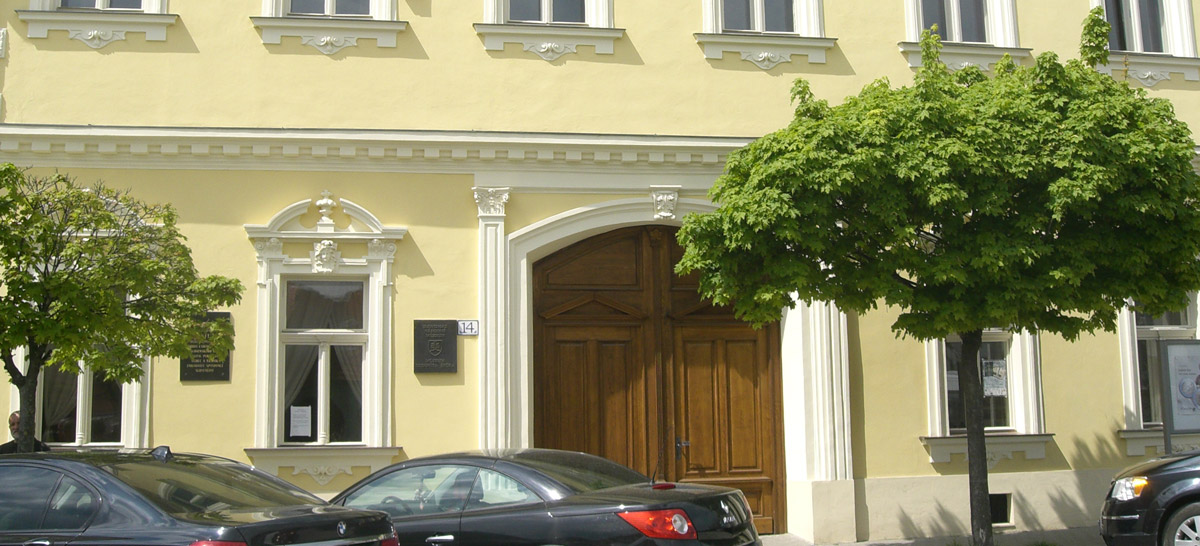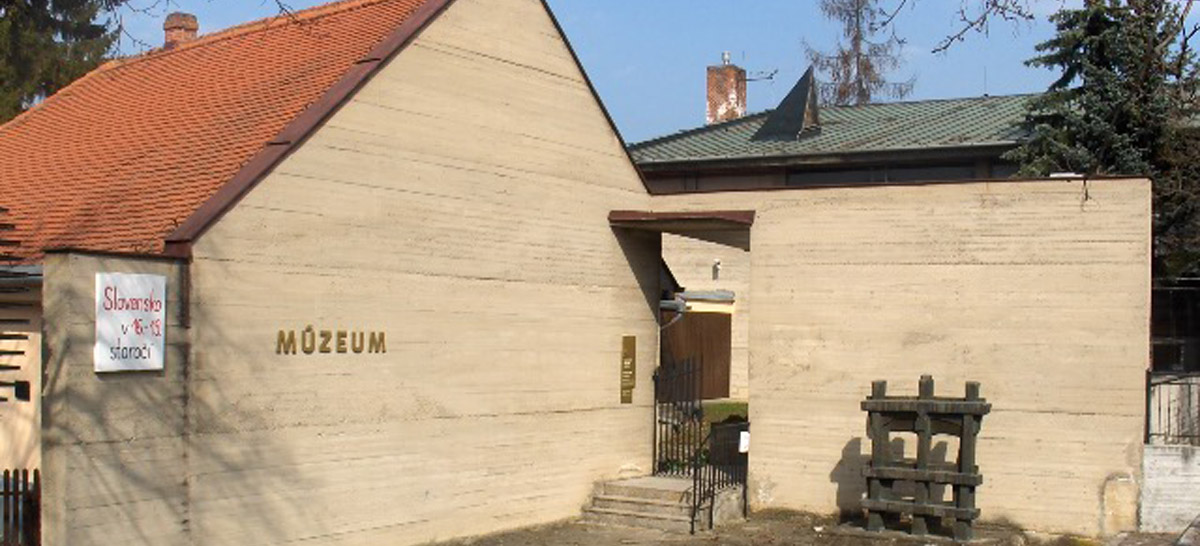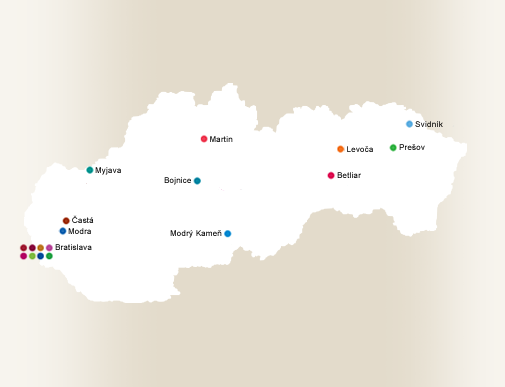About the museum
Mission and History
Mission
The SNM – Museum of History is a significant part of the complex of specialized SNM museums. Its fundamental mission is to acquire, conserve, process collection items scientifically and in a specialized way, and to use them, make them accessible and through them document the development of society in Slovakia from the Middle Ages up to the present times. The museum administers approximately 250,000 collection items, including the numismatic collection from ancient times up to the present and collections documenting the history and ethno-cultural development of Slovaks abroad. The Museum is located at Bratislava Castle.
History
The Department of History of the new Slovak National Museum, which was founded based on the Slovak National Council Act No. 109/61 of October 11, 1961 by merging the Slovak Museum in Bratislava and the Slovak National Museum in Martin, launched its activities in 1961. In 1967, it was gradually moved to the renovated Bratislava Castle. In 1969 the Department of History was renamed the Institute of History of the SNM. Until 1991, when its name was changed to the Museum of History, it included music collections. In the 1990s, specialized departments dedicated to the culture of Jews, Carpathian Germans, Croatians and Hungarians in Slovakia began to operate within the museum before they were gradually transformed into independent SNM museums.
The Museum of History has organized many exhibition events at home and abroad, including Expo 93 in South Korea, The Path to Slovak Statehood (1996), Journey through History (2001), The Center of Europe around the Year 1000 (2002), Leonardo da Vinci (2006), World War I (2014), Etruscan Civilization from Perugia (2015) Great Moravia (2016), Czecho-Slovak / Slovak-Czech Exhibition (2018), Martin Benka (2018), and N89 – the Journey to Freedom (2019).
About Bratislava Castle
This noble landmark towering 85 meters above the Danube, has been a symbol and characteristic feature of the city for centuries. The Bratislava Castle grounds cover an area of 7 soccer fields and is among the largest in Slovakia. Its territory is demarked by massive walls with four entrances – admission gates (Vienna, Leopold’s, Sigismund’s and Nicolaus’s). Today, the Castle Palace is the seat of the Slovak National Museum – Museum of History. The scenic terraces provide breathtaking views of the city as well as neighboring countries.
The first settlements appeared at Bratislava’s Castle Hill approximately 5,000 years ago. In the 1st century B.C. it was the acropolis of a Celtic town when a set of luxurious buildings constructed by builders formed the Roman Empire. In the late 5th and early 6th century the hill was settled by Slavs who built their hillfort there. Construction activities continued even later. The Castle Palace was built as the future imperial residence in the first half of the 15th century. In the 16th century it became the seat of Hungarian royalty. The castle underwent its final great reconstruction in the 18th century based on the order of Maria Theresa, when it took its current form. It burned down in 1811, but it was restored to its current appearance after two extensive reconstructions.

